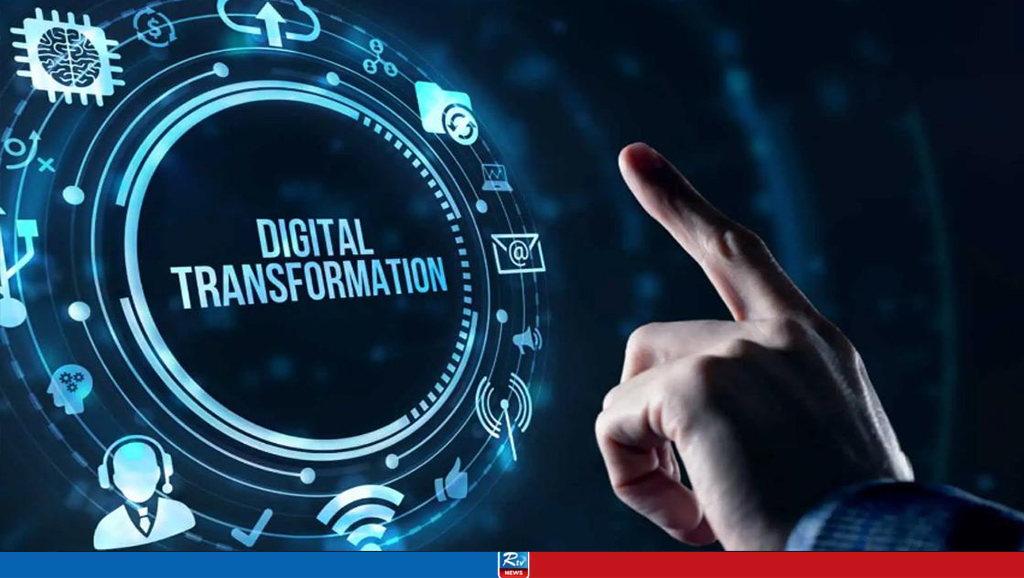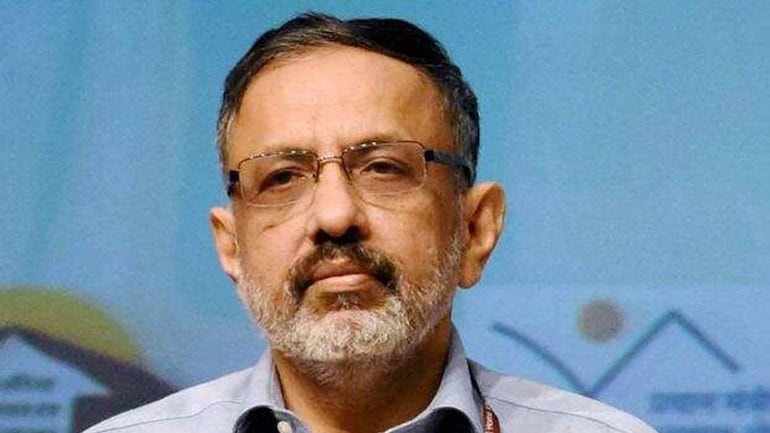India’s Digital Transformation

India's digital evolution has progressed significantly, expanding from the foundational Aadhaar system to a wider range of innovations aimed at improving governance and service delivery.
Launched in 2015, the Digital India program is the backbone of this transformation. Its mission is to provide electronic access to government services, strengthen online infrastructure, and enhance internet connectivity. The program is built on three pillars: digital infrastructure as a utility for every citizen, on-demand governance, and empowering citizens through digital means.
Aadhaar: The Digital Identity Revolution
Aadhaar, the world’s largest biometric identification system, is central to India’s digital framework. It provides a reliable digital identity to Indian residents, enabling access to services like banking, mobile connectivity, and government subsidies. By simplifying bureaucratic processes and reducing fraud, Aadhaar exemplifies how digital tools can improve governance.
Unified Payments Interface (UPI)
UPI has revolutionized India’s payment systems. Developed by the National Payments Corporation of India, UPI enables seamless money transfers between banks. Its user-friendly design and efficiency have driven mass adoption, making it a cornerstone of India’s fintech growth.
Digital Health Innovations
The Ayushman Bharat Digital Mission is transforming healthcare by creating a digital health ecosystem. This initiative aims to provide universal health coverage by offering unique health IDs, maintaining digital health records, and improving system interoperability.
Advancing Education Through Digital Tools
The National Education Policy 2020 emphasizes digital technologies to expand educational access. Platforms like Diksha, which offers extensive educational resources, and the National Digital Library of India highlight efforts to improve education through technology.
Connecting Rural Areas
The BharatNet project is bringing high-speed internet to rural Gram Panchayats, ensuring that even remote areas benefit from digital services. Additionally, the Digital Village initiative seeks to boost technology access, digital literacy, and essential services in rural regions, helping close the urban-rural divide.
Addressing Challenges
Despite these advancements, challenges like digital literacy, privacy concerns, and cybersecurity threats persist. Policies like the Personal Data Protection Bill, along with enhanced cybersecurity measures and digital literacy programs, demonstrate a commitment to overcoming these hurdles.
India’s digital transformation over the past decade showcases the potential of technology to reshape governance and society, paving the way for a digitally empowered future.
(Based on an article written by Rishi Suri published on digilah.com)
Comments
Royal Enfield Launches 4 Models in Bangladesh, Starting at Tk3.4 Lakh

Elon Musk's 8 Top Innovations: From Tesla to SpaceX

Researchers Discover Ancient Mayan City Using Laser Technology

Rolls-Royce Enters EV Market with High-End Electric “Spectre”

Tesla Stock Extends Rally As Musk-Trump Alliance Fuels Gains

New AI Tool Uses Microorganisms to Track Recent Locations

NVIDIA and SoftBank Conduct World’s First AI-Powered 5G Network Test


 Live Tv
Live Tv


